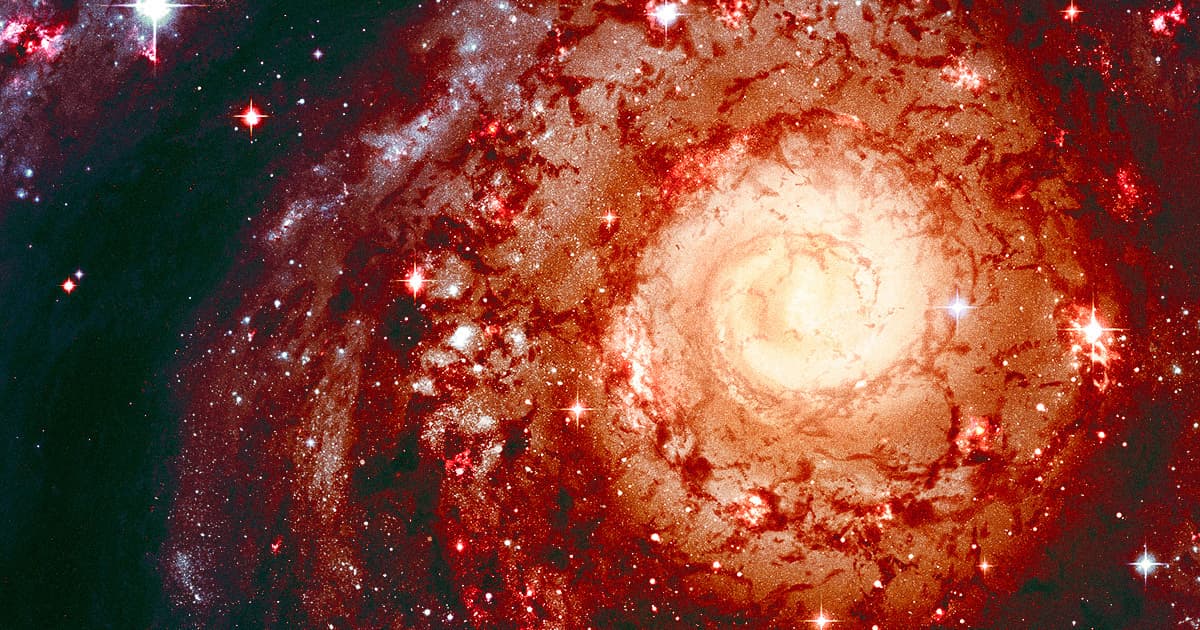"What's truly amazing is that we can detect these ancient structures at all."
Divine Intervention
Astronomers using the European Space Agency's Gaia space telescope have discovered some of the earliest forebears of our galaxy: two streams of ancient stars, both formed over 12 billion years ago.
As detailed in a study published in the journal The Astrophysical Journal, the streams predate the Milky Way's disc and spiral arms, its most fundamental structures. In fact, the researchers believe that they could have merged with our galaxy in its nascent stages, influencing its formation.
The streams have been named Shiva and Shakti, after the Hindu deities who united to form the universe.
"What's truly amazing is that we can detect these ancient structures at all," study co-author Khyati Malhan at the Max Planck Institute for Astronomy in Germany said in a statement about the work. "The Milky Way has changed so significantly since these stars were born that we wouldn't expect to recognize them so clearly as a group."
Massive Mergers
Scientists believe that our galaxy began forming around 13 billion years ago — ancient history, because the entire universe is only believed to be around 14 billion years old — from irregular filaments of gas and dust that collapsed, seeding the birth of stars that would eventually comprise its distinct galactic disc. But our galaxy also owes much of its size to collisions with its neighbors, undergoing a dozen or so galactic mergers over its lifetime.
That also appears to be the case with Shiva and Shakti. The newly discovered streams, each containing 10 million Suns worth of mass and residing near the Milky Way's heart, may have influenced our galaxy's evolution by merging with it before its galactic disc fully formed, according to the astronomers.
"The stars there are so ancient that they lack many of the heavier metal elements created later in the Universe's lifetime," coauthor Hans-Walter Rix at the Max Planck Institute said in the statement.
"Until now, we had only recognized these very early fragments that came together to form the Milky Way's ancient heart," he added. "With Shakti and Shiva, we now see the first pieces that seem comparably old but located further out. These signify the first steps of our galaxy's growth towards its present size."
Gaia Figure
Gaia is an observatory in orbit around our Sun that for the past decade has been meticulously constructing a 3D map of our galaxy and beyond.
In building this cosmic catalog, we're discovering a lot about the Milky Way's past. But Shiva and Shakti, divinely named as they may be, aren't likely to tell the full story on their own.
"Revealing more about our galaxy’s infancy is one of Gaia's goals, and it's certainly achieving it," Timo Prusti, a Gaia project scientist, said in the statement. "We need to pinpoint the subtle yet crucial differences between stars in the Milky Way to understand how our galaxy formed and evolved. This requires incredibly precise data — and now, thanks to Gaia, we have that data."
More on space: High Percentage of Stars Have Eaten a Planet, Research Finds
Share This Article
